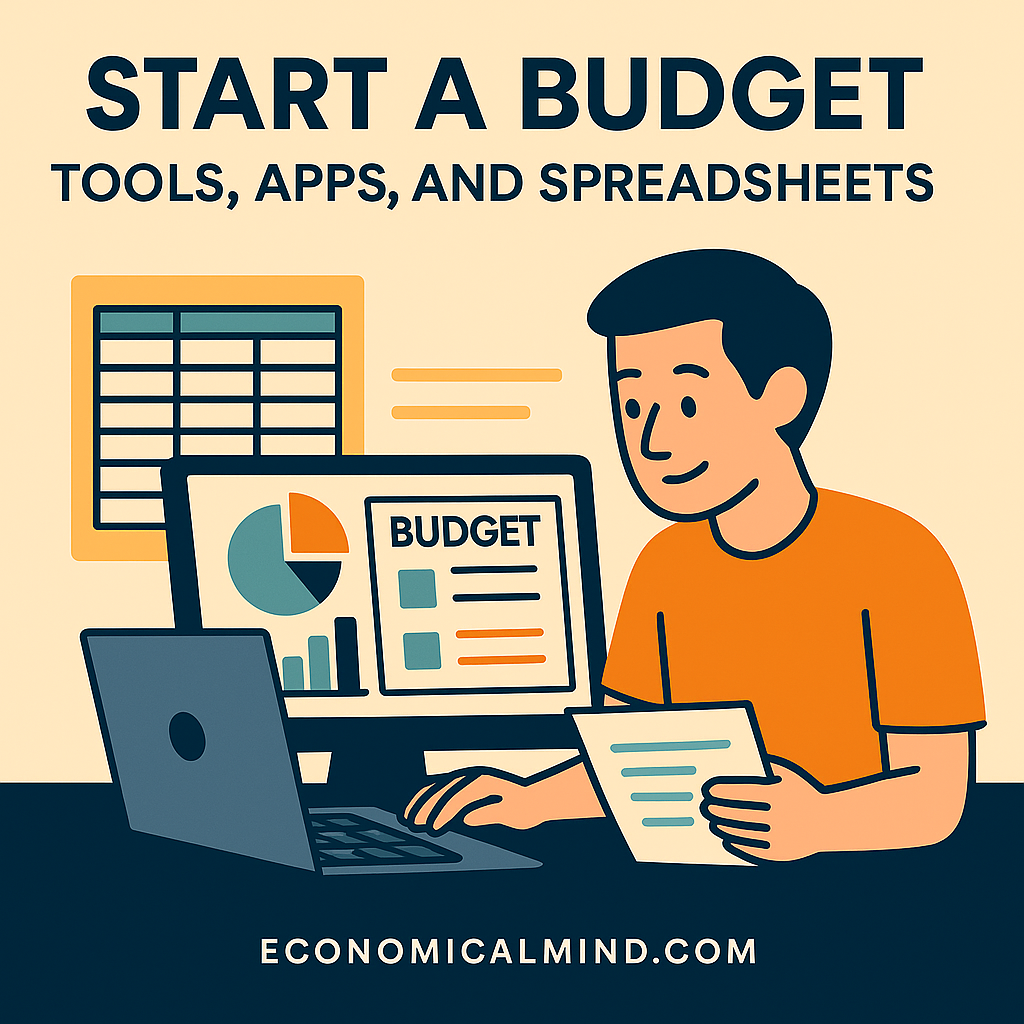
Creating a budget can feel intimidating at first, but it’s one of the most empowering moves you can make for your financial future. Whether you’re saving for a big goal or just trying to stay on top of monthly expenses, using the right tools can make budgeting easier and even enjoyable. From simple spreadsheets to modern mobile apps, today’s options make it possible to track your money in a way that fits your lifestyle.
Why budgeting tools matter
Budgeting isn’t about restriction—it’s about clarity. The right system helps you see where your money goes, plan for bills, and allocate funds toward savings or debt payoff. Digital tools take out the guesswork and automate much of the process, reducing the stress that comes with manual tracking.
Budgeting apps worth trying
Modern apps connect directly to your bank accounts, categorize expenses automatically, and visualize your spending with charts and alerts. A few standouts include:
• YNAB (You Need a Budget) – Focuses on giving every dollar a job and encourages you to plan ahead.
• Mint – Ideal for beginners who want to see everything in one place, from bills to credit scores.
• EveryDollar – Created by Dave Ramsey’s team, this app is great for zero-based budgeting enthusiasts.
• PocketGuard – Simplifies things by showing how much “safe-to-spend” money you have after bills and savings.
These tools are user-friendly and available across devices, allowing you to stay on top of finances no matter where you are.
Using spreadsheets for a hands-on approach
For those who prefer a more manual, customizable method, spreadsheets remain one of the most powerful budgeting tools. You can start with a basic template in Excel or Google Sheets. Many free templates already include formulas for income, fixed expenses, and discretionary spending.
Spreadsheets give you total control—no syncing issues, no subscription fees. They’re also great for tracking specific goals like saving for a vacation, building an emergency fund, or reducing credit card debt.
Tips for choosing the right tool
• Consider your comfort level. If you love automation, apps might suit you best. If you prefer privacy and control, go with a spreadsheet.
• Set clear goals. Decide what you’re budgeting for—debt freedom, savings growth, or everyday management.
• Track progress regularly. Check in weekly to see how your spending aligns with your goals.
• Stay consistent. Even a simple system works if you stick to it.
Common mistakes to avoid
One of the biggest mistakes people make is overcomplicating their budget. Choose a tool that fits your routine instead of trying to manage ten different categories you’ll never use. Another pitfall is forgetting to review your budget—an app can notify you when you’re close to overspending, but a spreadsheet requires manual check-ins.
The payoff of consistency
Once you establish your system and routine, budgeting becomes second nature. You’ll gain control, reduce financial stress, and see opportunities to save or invest more effectively. Even if it starts small, building this habit can reshape your entire financial outlook.
Key takeaway
Whether you’re a numbers person who loves spreadsheets or someone who thrives on mobile convenience, there’s a budgeting tool for you. The real secret is consistency—using your chosen system regularly to stay aware and intentional with your money.
